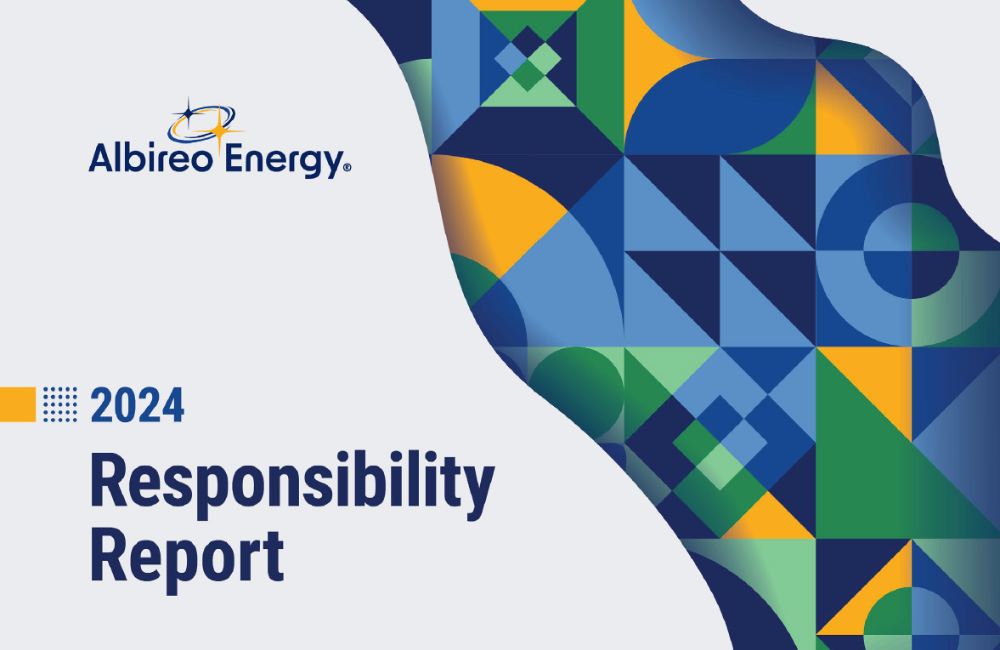Greta Thunberg has everyone talking about climate change, but this conversation started long before she was born. Architecture 2030, a non-profit organization established in 2002 to respond to this crisis, led the charge. Their goal is to reduce energy consumption and greenhouse gas (GHG) emissions in the built environment and advance the development of carbon-neutral buildings and communities.
The 2030 Challenge
Initiated by Architecture 2030 in 2006, the 2030 Challenge has been adopted by leading architectural firms, engineers, city planners, and sustainability organizations. Local and federal government agencies also adopted the 2030 Challenge concepts into their code compliance requirements.
It calls for zero GHG emissions from the building sector by 2030. Buildings account for 39% of global GHG emissions. This portion must be eliminated to meet the Paris Climate Agreement target that sets a limit on the global average temperature increase.
The 2030 Challenge requires planners and builders adopt specific performance targets. New buildings and major renovations are encouraged to meet an energy consumption performance standard of 70% below the regional average of similar buildings. An equal amount of existing building area should be renovated each year to meet a standard of 70% or less energy consumption compared to similar buildings in the region.
The fossil fuel reduction standard for new buildings and major renovations increases incrementally to 80% in 2020, and 90% in 2025. By 2030, the goal is to be carbon-neutral, using no fossil fuel to operate.
With the global urban population growth increasing, about two thirds of the world’s population are expected to live in urban areas by 2060. It’s also estimated that two thirds of today’s buildings will still be standing in 2050. To achieve this ambitious 2030 goal, new buildings and renovations designed now must include aggressive sustainable design.
Design and construction for this urban expansion is the critical factor to reduce the carbon footprint of buildings. Architects, engineers, developers, and builders have a direct effect on resource conservation.
Building Energy Modeling
Planners benefit from the simulated energy model of a building. As a key partner, Albireo Energy can produce an energy model for a project in the earliest stages of design. Altering specification inputs to the modeling software can inform the impact of even the smallest design and equipment choices on energy consumption, dollar value, and materials.
Building energy modeling software creates a physics-based simulation of a energy use. Specifications are entered into the program to produce a custom virtual building model. Items include geometry, construction materials, lighting, HVAC equipment, water heating, renewable energy source configurations, and many more building details. Usage and operation schedules are analyzed. Even local weather and building location is considered. The program calculations include all of these factors, estimating required loads on HVAC equipment, and calculating energy consumption.
Model iterations test the impact of altered equipment selection, different building materials, and varied operation schedules. Information gleaned from the model on the effects of material and equipment selection is very useful in the design of high performance buildings. In addition, energy models can be created for existing structures to select the energy conservation measures (ECMs) with the greatest impact during a renovation.
An energy model can be revisited multiple times in a building’s lifecycle to inform decision making. The model calculates if upgrading equipment to better performing products will decrease the load on the HVAC system enough that a smaller sized unit can be installed. Or will separating the domestic hot water (DHW) system from the heating boilers (which can then be shut down for the warm season) save enough energy to justify installing the high efficiency DHW system?
Albireo Energy engineers are experts in building energy models. Our performance ratings of building energy models are used to develop energy codes and standards for local governments. Green certification programs, such as Leadership in Energy and Environmental Design (LEED) and ENERGY STAR, set the industry’s rating scores. Certification in a green program can lead to rebates and incentives which are very helpful in funding high performance construction.
The building sector is well engaged in the climate change conversation. Albireo Energy is one hundred percent committed to energy conservation. Albireo’s smart building solutions and energy services are assisting building owners, designers, and operators join the zero GHG emissions movement. Start with an Albireo energy model, and see what it takes for your project to become a high performance building.







